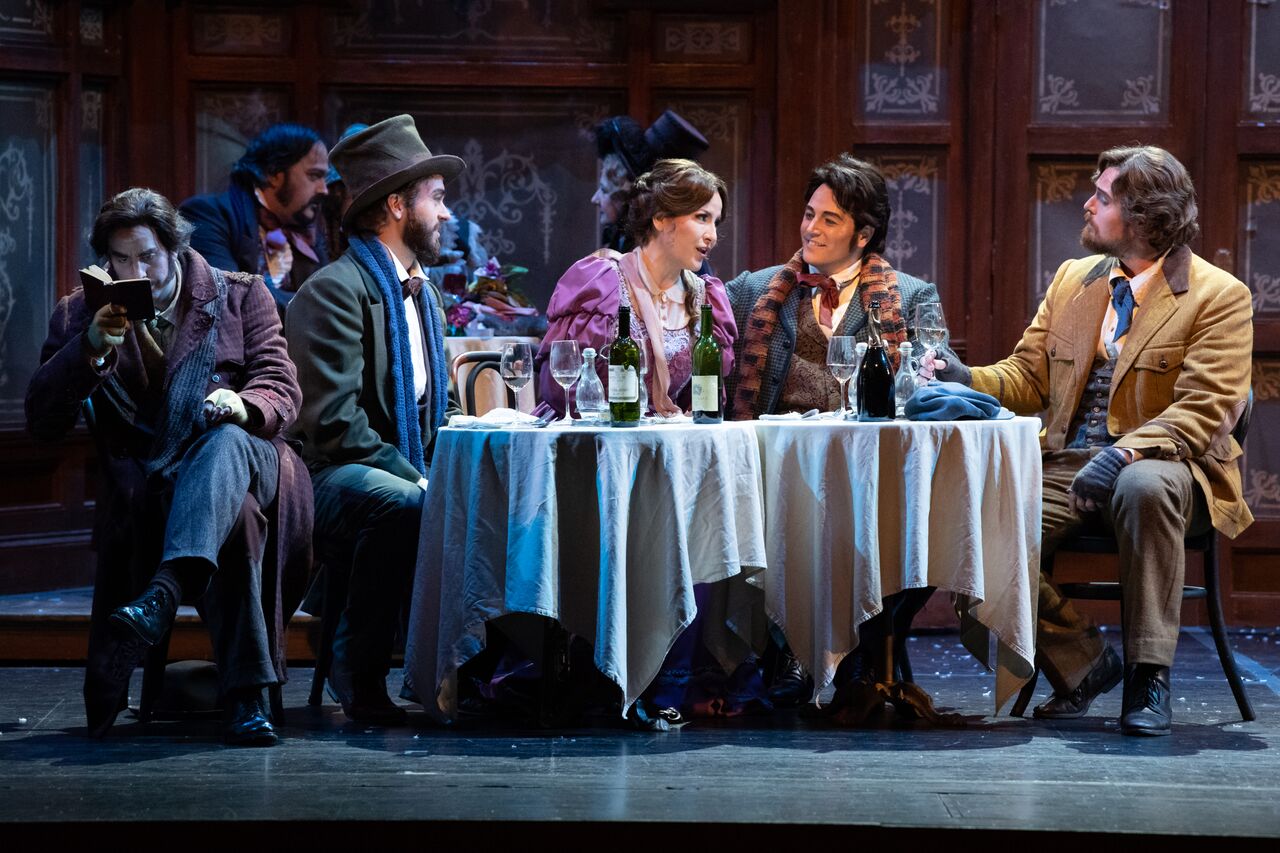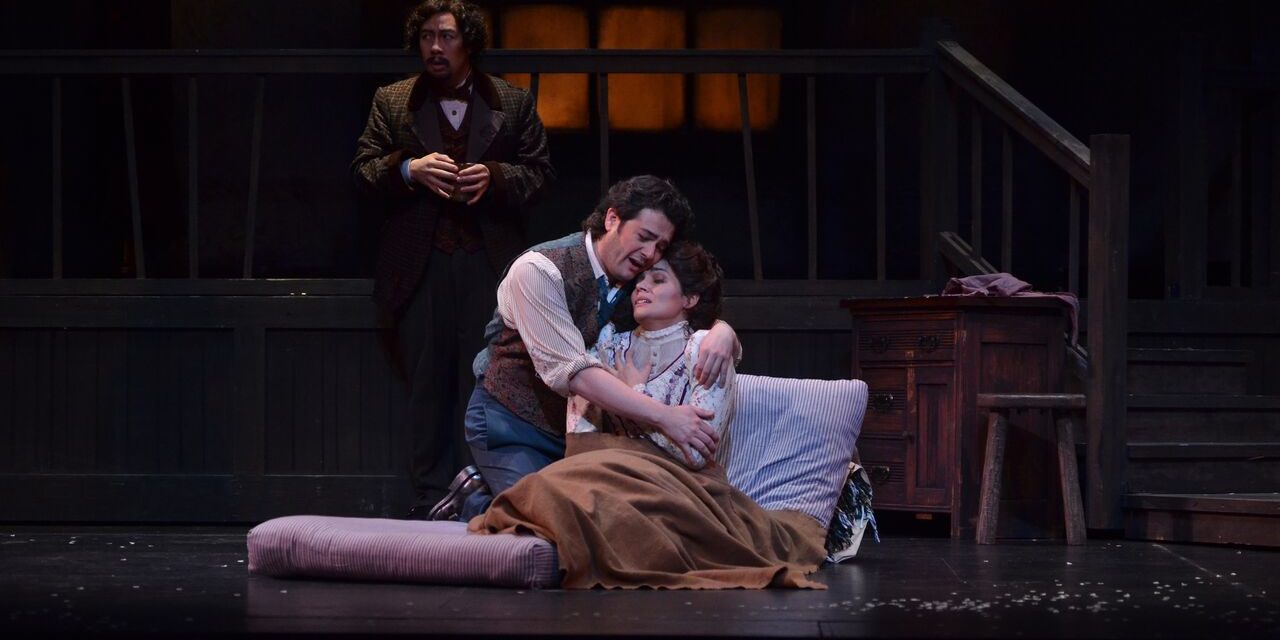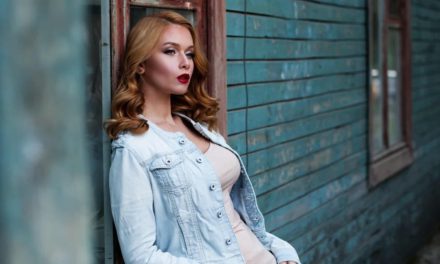Giacomo Pucini‘s La Boheme is an opera without equal, and perhaps the quintessentially modern operatic oeuvre thanks to its timeless tropes of tragic love and artistic purity. Premiering in 1896 at the Teatro Regio in Turin, La Boheme is also the first production of the new 2018-2019 season for the Florida Grand Opera. The recent staging at the Broward Center for the Performing Arts (arguably the most opera-friendly venue in the South Florida circuit, including The Kravis Center in West Palm Beach and The Arsht Center in Miami) was a powerhouse depiction of the tension every artist faces: the relationship between artistic vision and financial success.
It is a fact often lost in current day discourse that the term “Bohemian” refers not only to the artistic lifestyle of living outside bourgeois and most social conventions, but also to a political radicality that questions normative economic and political structures.
It might be a bit of theoretical wishful thinking to say that La Boheme is a timeless story that hits close to home in our current American political crossroads. However, it would be apt to recall that the struggles of artists everywhere and in all genres are always (in some ways) a referendum on what a society values. Artists, the true, courageous sort, must always already push up against, and transcend, societal and aesthetic conventions if they are to do their calling justice. It is a bit of an irony that the Florida Grand Opera production of this Pucini classic is not ground-breaking, but it does not need to be, anymore than a pianist needs to radicalize a lovely Mozart piano concerto. The key to the success of such a staging is in the performance– and what glorious performances these are!

Photo by Chris Kako for the Florida Grand Opera, 2018
In the case of La Boheme, we have an Italian opera set in the Paris of 1836 that is the very origin of modernist cultural impulses as applied to painting and other art forms.
The travails of Mimi, the sickly seamstress and the love of Rodolfo, the opera’s male protagonist, are depicted with great tenderness by Adrienn Miksch and Alessandro Scotto di Luzio respectively. Trevor Schenemann’s Marcello is Rodolfo’s roommate and a painter who becomes Rodolfo’s soulful brother during their trying times in the dual chill of poverty and Parisian winter. Both artists are struggling to survive in the cold, damp confines of their Parisian garret as they attempt to create works of greatness. Both become entranced by the tender innocence of Mimi who enters with a candle that has just extinguished.
The scene is gorgeous and the set sublime. It is a moment of rapture and one that foretells loss, pain, and beauty.
The set design of this production, replete with exaggerated angles and delicate wisps of ambient light, makes for a haunting and melancholic depiction of Paris in the Winter that had me longing for a glass of Burgundy and a warm baguette. The Florida Grand Opera team art, director Jeffrey Marc Buchman, and set designer, Michael Yeargan, created a visceral and sculpturally theatric experience that added another dimension to the performance. More than just drama, tragedy, and music, this production became something beyond the expected with the graceful elegance of the cast and the willowy echoes of their singing. The attentive audience was rapt. I couldn’t get enough.
The Florida Grand Opera is now celebrating its 78th season in style with three more productions: The Marriage of Figaro, Frida and Werther. What this company has demonstrated with consistent verve is a demanding stroke of precision and excellence that merits the full attention and ardor of its South Florida populace. Opera companies like these are not found in every city. Executive Director and CEO Susan T. Danis deserves to take a bow for spearheading this magnificent production of Pucini’s classic.




